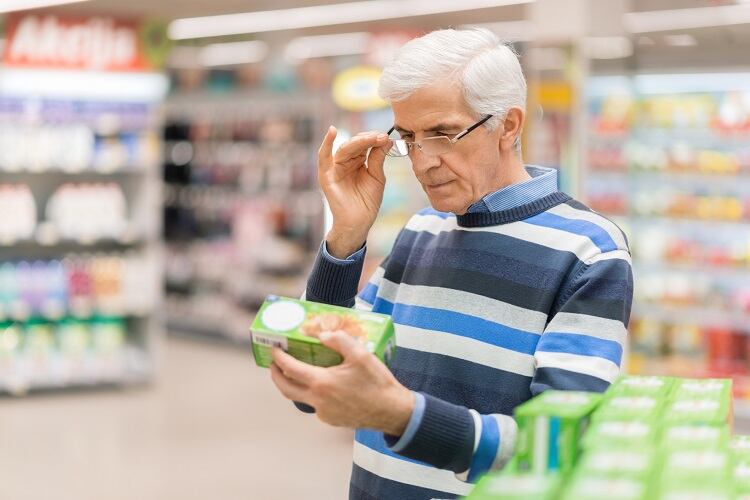The Vegan Trademark helps consumers identify when a product is free from animal ingredients.
Established by The Vegan Society in 1990, the number of products carrying the trademark has grown in recent years, as demand for plant-based food and drink soars. As it stands, more than 54,000 food and non-food products carry the trademark, across 79 countries.
To ensure that no animal derived materials are present in products carrying the Vegan Trademark, The Vegan Society is turning to next generation sequencing (NGS) – a technology that can identify and flag the presence of animal by-products and cross contamination in food and drink.
How does NGS work?
The Vegan Trademark has accredited NGS technology supplied by UK food testing laboratory Food Forensics – a company that also tests for certification schemes such as those offered by the Soil Association and the Marine Stewardship Council.
“We do a lot of proving claims on-pack,” explained Rick Sanderson, Director of Business Development at Food Forensics. And there is a ‘big opportunity’ for NGS technology in vegan food and drink testing. “As it stands, this is quite an immature area. The whole vegan movement is growing quite rapidly, yet the systems and processes are not as mature.”
Apply NGS, rather than straight DNA testing, is helping to bring claims management up to speed.
DNA testing is targeted. This means that companies can check for the presence of a particular material within a finished product. The analogy Sanderson provided was like ‘fishing with a spear’. “If you think there might beef in a product, DNA testing will allow you to check for the presence of beef.”
NGS testing, on the other hand, is untargeted. If the sequence can be found on Food Forensics’ database, it can be identified. NGS is available for animal, fish, plants, fungal, and bacterial specification.

Unlike ‘fishing with a spear’, NGS is like ‘fishing with nets’, explained Sanderson. “We scoop everything up, and as long as we’ve got some form of fingerprint for that on our database, we can tell you what’s in there.”
NGS technology is useful for composite products, for example quiches, soups, and ready meals, as well as comminuted foods, such as mince and fish cakes. Specialist foods, for example herbs and dried mushrooms, can also be tested.
A ‘catch net’ for cross-contamination
Ultimately, Food Forensics’ technology will be able to spot ‘even the smallest indication’ of animal products.
“For someone like The Vegan Society, [this technology] is incredibly useful, because [of] their commitment to their standard,” said Sanderson.
The Business Development Director also raised concerns that the risk of contamination could have increased in recent years, as conventional meat producers look to expand into plant-based alternatives.
“The food industry can be quite nebulous. There are all sorts of processing aids and end of ways in which animal matter could find its way – unwittingly or not – into a vegan product.
“A lot of these manufacturers will no doubt be producing plant-based foods [in the morning] and then in the afternoon producing meat-based foods. Or have packaging facilities that share [equipment]. There are all sorts of potential for cross-contamination.”
Food Forensics, he explained, is providing a ‘catch net’ that tests for such contaminations.
Test certification ‘couldn’t have come at a better time’
The Vegan Society stressed the new testing system won’t replace the current one, but will help brands and businesses who struggle to get information from their supply chain.
“As before, applicants and current Trademark Holders will still need to provide the Trademark team with thorough evidence such as technical datasheets, clean down processes, while also answering very specific questions on their ingredients,” explained the vegan charity.
The announcement ‘couldn’t have come at a better time’, according to Steve Hamon, Head of Business Development at The Vegan Society.
“Working with Food Forensics will help us to bolster the support we can provide to our fantastic Trademark Holders by having a ‘nominated’ lab ready and waiting to support in any testing needs we or our Trademark Holders may have.
“Not only will the test help us when an applicant is struggling to get information from a supplier or manufacturer, but they’re also giving us access to fantastic market research and stats on the food industry that will be of huge value when dealing with brands and businesses in the future.”




